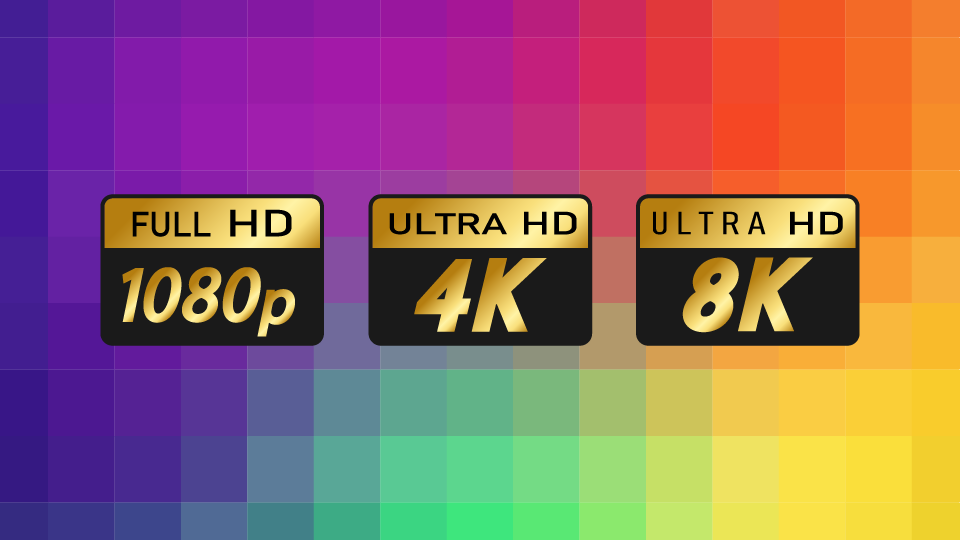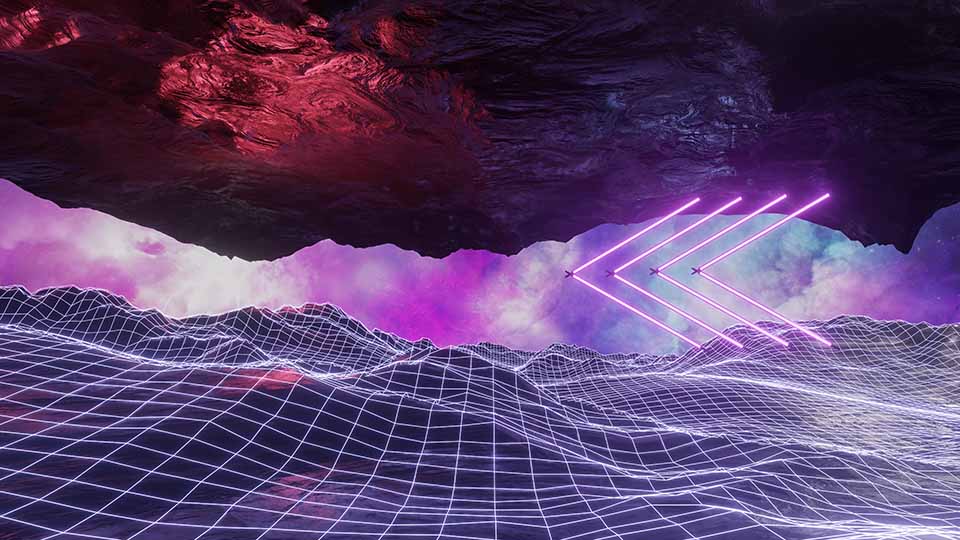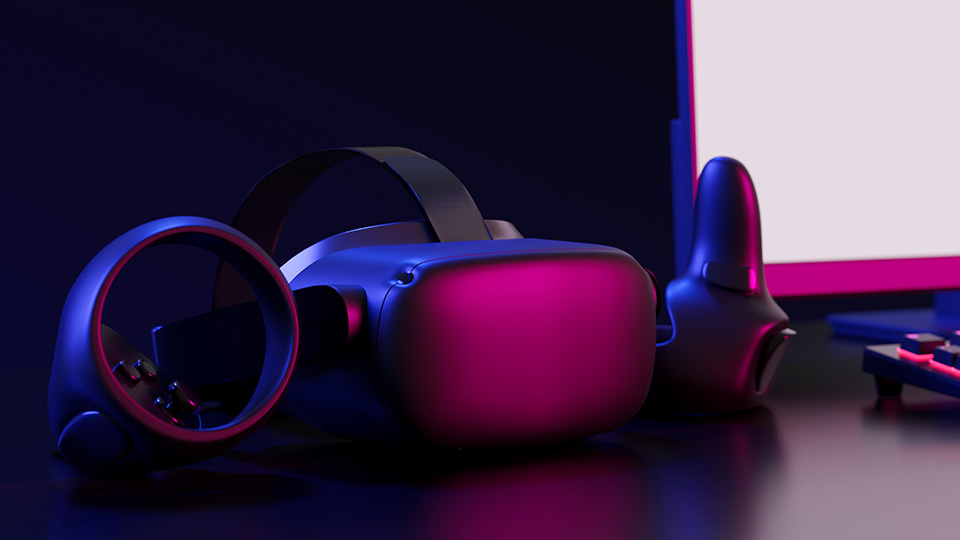Video quality has come a long way, continually striving for sharper and more immersive visual experiences. We’ve witnessed the rise of high-definition displays, followed by the emergence of 4K and 8K resolutions. But is there an end in sight?
Let’s delve into the excitement around 12K, 8K, and 4K, and explore the potential future of high-resolution video and its role in virtual reality (VR) and extended reality (XR) applications.

The Progression of High-Resolution Video
Video resolutions have forged a fascinating path, evolving from the grainy black-and-white images of early televisions to the breathtaking clarity of today’s displays. The introduction of high-definition displays marked a significant turning point, offering crisper and more detailed visuals. Then later, the rapid adoption of 4K resolutions brought a substantial improvement, with 4 times the pixel count of Full HD, resulting in sharper images and richer colors.
The emergence of 8K pushed the boundaries even further, providing even more detailed and vibrant visuals that captivated viewers with lifelike imagery. Now, the industry buzzes with discussions of 16K and even 32K, pushing the limits of what is visually perceivable.
As technology progresses, the question becomes: How far can video resolutions go?

Will Video Quality Ever Be High Enough?
While it’s difficult to predict the exact limits, technological advancements continue to push the envelope, introducing higher quality. However, it’s worth considering how practical this is. Our eyes have a finite ability to discern minute details (including certain colors), and there may come a point when the improvements in resolution become indistinguishable to the average viewer.
A similar phenomenon happened to audio quality. Over the years, audio technology has undergone remarkable progress from vinyl records to cassettes, CDs, and digital formats. However, there came a point when audio quality reached a level that the majority of listeners considered satisfactory. Once audio quality became “good enough” for the masses, the focus shifted to convenience and portability rather than further sound quality enhancements.
For everyday content consumption, the difference between 4K and higher display resolutions may be undetectable to most viewers, and the infrastructure required to support them might pose challenges. Perhaps we are on the cusp of finding the new standard of great video resolution, as we have with great audio quality. Or perhaps we are still decades away from that consensus.

Video Resolutions in VR and XR
The demand for high-resolution video extends beyond the 4K QLED TV mounted in your living room. Immersive experiences like VR (virtual reality) and XR (extended reality) rely heavily on high-resolution visuals to transport users to virtual environments, creating a sense of presence and interactivity.
Higher resolutions like 4K, 6K, and 8K play a crucial role in rendering realistic scenes in the world of VR and XR. These immersive environments demand more pixels per inch (PPI) to maintain the illusion of being present in a virtual world, to reduce the pixelation associated with lower resolutions, and to enhance the overall user experience.
So, as we venture further into the world of VR and XR for video games, virtual broadcasts, and future technological advancements, the requirements for video resolutions may increase significantly.

What the Future Holds
While there may be limits to perceptible improvements in video resolutions—and there may come a time when everyone says “I can’t even tell the difference”—we haven’t quite hit that limit yet. And so the trajectory of video resolutions continues upward, reaching new heights and setting new records with each technological advancement.
Once we finally hit that limit (if we ever do), what will happen then? The future of video quality can’t rely solely on resolutions. Maybe the focus will shift more to display technologies, color accuracy, dynamic range, artificial intelligence features, and the integration of sensory elements like haptic feedback and spatial audio—all of which can contribute to the overall quality of video experiences.
The Sphere Experience in Las Vegas is a great example of this. Boasting the world’s largest, highest definition screen—a 160,000 square foot 16K wraparound LED screen—even Sphere doesn’t rely solely on video resolutions. Seat haptics, movement sensations, and atmospheric simulations (fog, scent, and wind) all contribute to the immersive cinematic experience beyond what meets the eye.
Excitement surrounds the talk of 16K and even higher resolutions to come, especially with regard to XR applications and VR headsets. As we move forward, it will be fascinating to see how video will shape the future of content consumption and the not-so-real world experiences of VR and XR users.
Need a better workflow solution for your highest resolution media and demanding creative projects? Learn about EVO.
